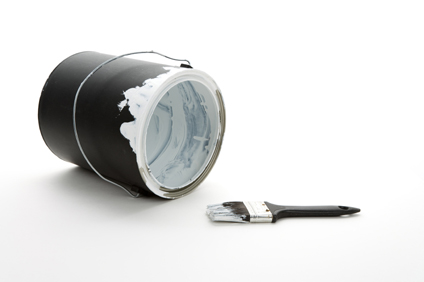Gina Phillips, the homebirth midwife who was supposed to be at the labor of baby James‘ mother, but was home “resting” instead, will be the subject of a homebirth midwifery peer review next week.
It’s difficult to learn the details, because this process, which is supposed to be a form of accountability and a way to improve safety, is shrouded in secrecy by Texas homebirth midwives. But I’m going to go out on a limb and make a prediction. Despite alleged grievous negligence:
- she reportedly left a VBAC patient who had been labor more than 24 hours under the care of her student while she went home;
- the patient’s excessive bleeding was allegedly reported to her by phone, but she told her student it was normal;
- the patient allegedly experienced an abruption;
- transfer was delayed so long that the baby allegedly suffered a catastrophic brain injury and subsequently died;
I predict that the peer review will be a thorough whitewash, with minimal if any consequences for Phillips, and no new standards that will bind other homebirth midwives.
What is supposed to happen during clinical peer review?
According to Wikipedia:
… The primary purpose of peer review is to improve the quality and safety of care. Secondarily, it serves to reduce the organization’s vicarious malpractice liability and meet regulatory requirements… Peer review also supports the other processes that healthcare organizations have in place to assure that physicians are competent and practice within the boundaries of professionally-accepted norms.
Peer review is not a morbidity and mortality conference where anyone present can contribute to analysis of the case. Peer review is a formal process in which reviewers are carefully selected, documents and information are introduced and the person who is the subject of the review can explain why he or she chose a specific treatment course.
I have been told that the plan for the peer review of Gina Phillips is that she will be reviewed by other midwives who are there to have their own cases reviewed. If true, that would be horrifying. As mentioned above, I would like to obtain definitive, official information about the way that this review will be conducted, but there is no official information. The process appears to be entirely informal, random, and obviously biased.
It is, of course, rather difficult to hold a homebirth midwife to specific safety standards when their national organization, the Midwives Alliance of North America (MANA), rejects ANY safety standards, preferring to leave the determination of safety up to each individual midwife. Presumably that means that if a homebirth midwife thinks abandoning a VBAC patient during a prolonged labor to go home and “rest” is safe, then it is safe.
These stories of egregious practice by homebirth midwives are replayed again and again, and babies die as a result. Homebirth advocates like to pretend that such midwives are outliers and every profession has “bad apples.” I predict that this peer review is likely to reveal that there is no such thing as a “bad apple” in homebirth midwifery, that the real purpose of homebirth midwifery peer review is to exonerate the midwife in question, and that dead babies are merely excusable collateral damage.
If a homebirth midwife faces no consequences or minimal consequences for literally abandoning a high risk patient in labor, then there are no standards in homebirth midwifery at all.
Let me speak directly to those in charge of the Texas homebirth midwifery peer review, whomever they may be:
We will be watching the outcome of this peer review. I hope that you will prove me wrong and recommend major curtailment of practice or even surrender of license in this case. We want James to be #notburiedtwice, first by his parents, and then by the homebirth community, which typically acts as if dead babies are just an unavoidable cost of doing business and require no response beyond a slap on the homebirth midwife’s wrist, leaving her to go forth and preside over other homebirth disasters and deaths.
Don’t whitewash the death of baby James.


